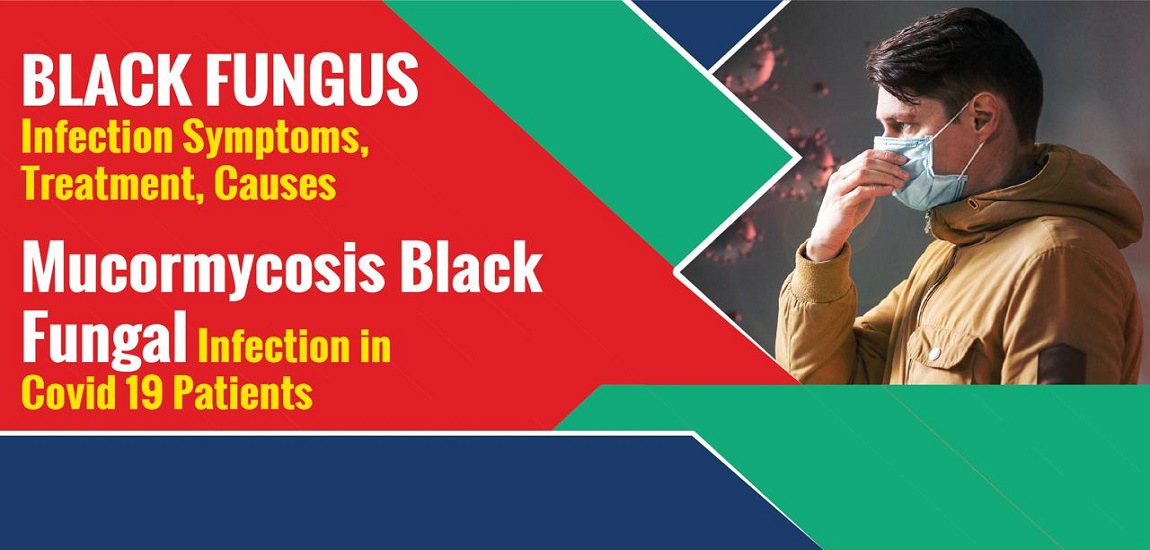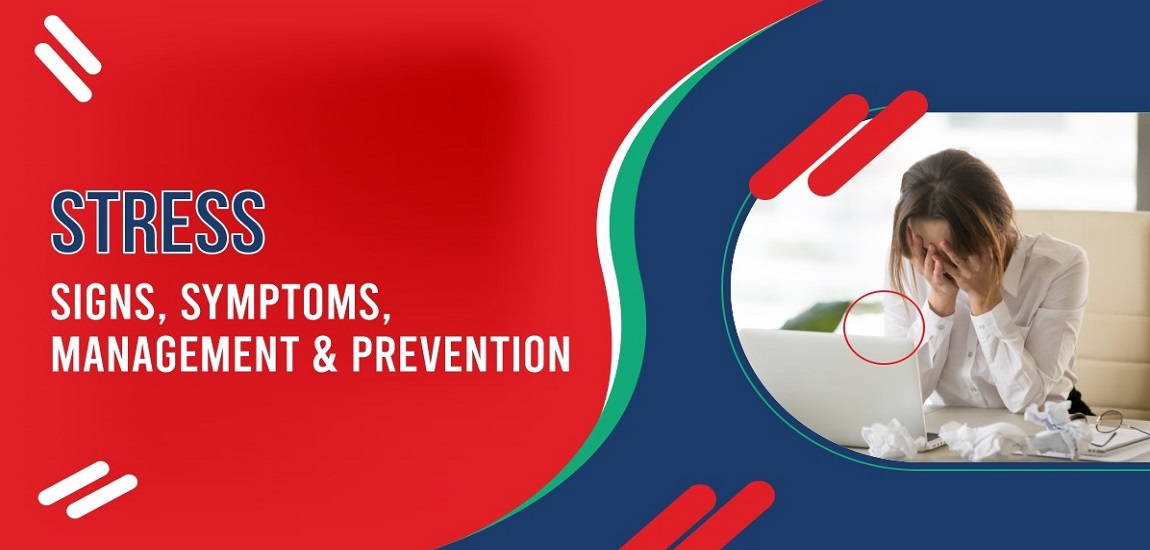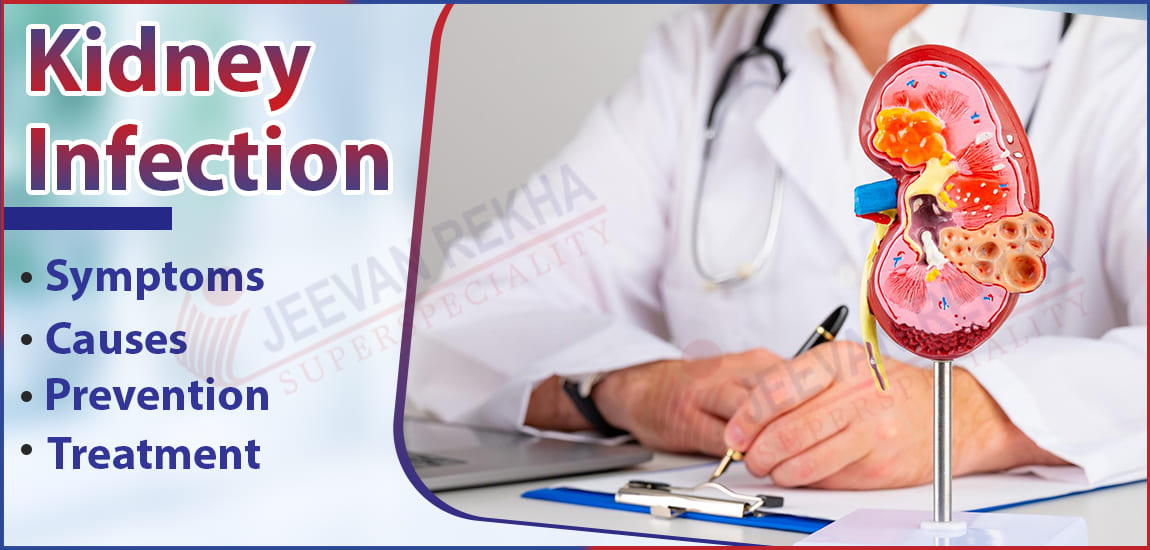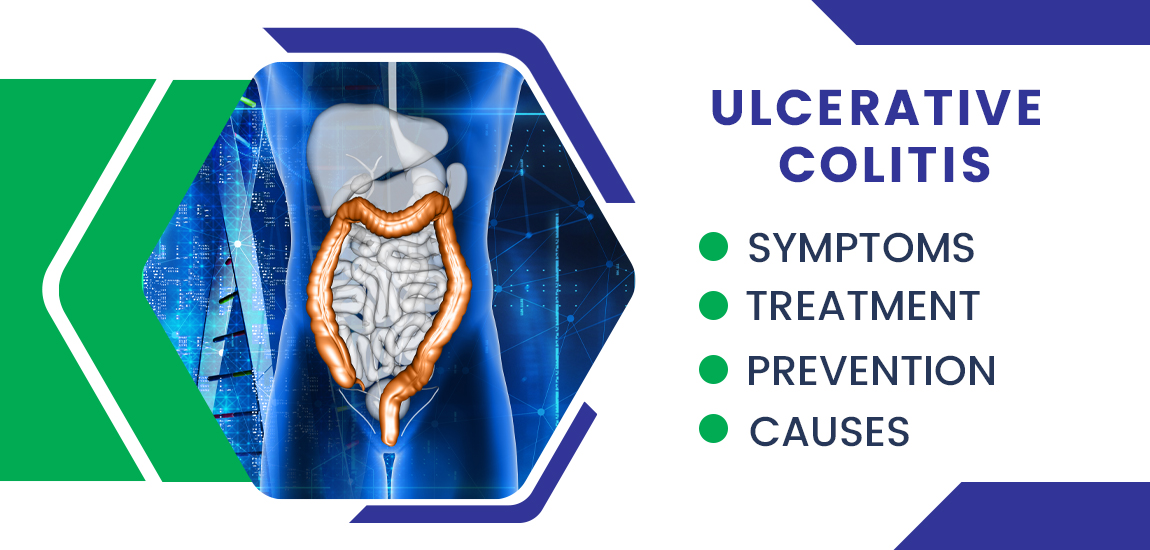
- By JRSH Admin
- In Health and Tips,
- Posted June 15, 2021
Black Fungus Infection Symptoms, Treatment, Causes: Mucormycosis Black Fungal Infection in Covid 19 Patients
What is Black Fungus/Mucormycosis?
Black fungus is also known as Mucormycosis. Black fungus infection is extremely rare but sometimes dangerous. It’s caused by getting into contact with fungus spores outside. It can also result from the fungus entering the body through a cut, scrape, burn, or other skin trauma.
Black fungus infection is caused by a type of mold called ‘micromycetes’ which live in soil, compost piles, decaying wood, and so forth. Mold is found in a wide range of conditions, particularly in soil, compost piles, and decaying organic matter.
The presence of this fungal infection is usually related to health conditions or to using drugs that reduce the body’s ability to resist infections. Mucormycosis is usually rare in San Francisco, affecting fewer than two people per million people annually, but it is 80 times more common in India.
People of any age can develop this disease, including premature infants. A human being can contract mucormycosis via steroids. These drugs are used to treat COVID cases of moderate-to-severe severity. There has been a surge in cases of Mucormycosis during this COVID pandemic.
Both diabetics and non-diabetic Covid-19 patients can benefit from steroids by reducing lung inflammation, but steroids also reduce the overall immune response and increase sugar levels.
People suffering from hyperglycemia who are unable to regulate their sugar levels during covid have even greater difficulty.
Key Points About Black Fungus:
The various key points about black fungus are as follows:
- This serious invasive fungal infection is caused by ‘Rhizopus’ typically observed in individuals with weakened immune systems.
- Patients with COVID 19 disease have been more likely to contract this fungal infection.
- Mucormycosis has been attributed to several factors, including diabetes, immunosuppressives, host factors, and dysfunction of the pancreatic endocrine system caused by COVID 19.
- If a patient has severe COVID 19, steroids and/or immunosuppressants can be life-saving if used judiciously.
- There is no immediate cure for a black fungus, but its treatment can be long-term and involves a variety of medications and surgical measures.
Who is Affected?
There is an increased risk of developing black fungus disease for people with certain conditions/procedures
- Type 2 diabetic patients taking high-steroid medications
- Uncontrolled diabetes (DM)
- Patients on oxygen therapy
- Patients receiving immunosuppressive therapy
- Organ or bone marrow transplantation
- HIV/AIDS
- Cancer
- Surgery
- Injected drug use
- Treatment with corticosteroids
- Compromised immunity
- Uneven levels of acid in your body
- Premature birth or low birth weight
- Deferoxamine therapy in patients receiving hemodialysis
- Trauma and burns
- Neutropenia
Causes for Black Fungus:
Several types of mold cause fungal infections in humans. Mucormycetes are molds that live in soil, air, and food. If not treated promptly, they can enter the bloodstream and damage the brain.
According to health experts, ‘misuse of steroids‘ or consumption of steroids during cancer treatment is the primary cause of black fungus or mucormycosis.
You Can Read Also: Covaxin vs Covishield
As a result of covid treatment, the immunity of the patient is low, so they are prone to black fungus infection. Mostly, mucormycosis affects people suffering from health conditions or taking medicines that reduce immunity. Diabetic patients or those having covid suffer from a high risk of infection.
Does It Spread Through The Air?
The fungus causing mucormycosis is not contagious, and it cannot spread from person to person or from animal to animal. However, it is possible to contract it through breathing in, inoculating, or consuming the fungal spores.
Bandages, linens, unsterilized water, poor air filtration, non-sterile instruments, and wounds can also be a source of transmission of this disease.
As long as a person is in good health, the black fungus can spread through the air without causing any problems. Mucormycosis may enter a person’s lungs, but the chances are low.
It spreads to the skin if it is inhaled or if it enters through a cut or any other open wound. The infection flows into the bloodstream and enters the brain, heart, and spleen, and causes organ damage.
What Are The Black Fungus Infection Symptoms?
There are a variety of symptoms that can occur depending on where you have mucormycosis. The symptoms of Black fungus are:
- Fever
- Headache
- Belly pain
- Coughing that produces bloody or dark fluids
- Sinus congestion
- A black spot on your nose or the inside of your mouth
- Facial or Chest pain
- Shortness of breath
- Swelling on one side of your face
- Skin ulcers or skin infection in the air pockets located behind forehead, nose, cheekbones, and in between the eyes and teeth
- Blood in your stool
- Infected skin area turning black
- Warmth and excessive reddening
- Diarrhea
- Nausea and vomiting
- Gastrointestinal bleeding
How The Doctor Diagnoses Black Fungus Disease?
There is no particular test that can confirm black fungus, but some tests have been used to diagnose it. The diagnosis of black fungus are:
- Imaging: CT scanning of the nose, brain, and paranasal sinuses can help detect rhino-orbital disorders. CT lung scanning can identify pulmonary nodules and effusions, which are diagnostic tools for diseases related to the lungs.
- Clinical diagnosis: The most common presenting symptom is a headache. It is likely caused by tissue necrosis, and detachment (black scab) in the oral cavity will also assist in diagnosis. Symptoms of this disease include redness and swelling of the eye, no vision, severe facial pain, and numbness in certain areas.
- Histopathological and microbiological examination: In diagnosing a fungal infection, the most important step is to identify it on microscopic examination of the tissue and look for special attainments.
- Molecular assays: Molecular assays such as restriction fragment length polymorphisms (RFLP), conventional polymerase chain reactions (PCR), melting curve analysis of PCR products, and DNA sequencing of defined gene regions, detect the presence of Mucorales (the pathogen responsible for black fungus disease). These tests are rarely performed, as a microscopic examination is sufficient.
What Are The Treatment Options for Black Fungus?
Treatment of black fungus involves various methods that include:
- Medications: Infected people are given antifungal medicines by mouth or through a vein. Antifungal Amphotericin B is used to treat serious infections caused by fungi, but it has severe side effects such as blood in the stool, neurological issues, kidney dysfunction, fluid build-up in the lungs, jaundice, and stroke.
- Surgery: When the disease involves the nasal cavity and brain, surgery might be necessary. In some cases, the palate, nasal cavity, or eye structures may need to be removed.
You Can Read Also: Epilepsy and Seizures
- Other Consider: Besides correcting sugar levels and improving the neutrophil count, hyperbaric oxygen treatment is offered as adjunctive therapy, since higher oxygen pressure increases neutrophils’ ability to kill the fungus. However, research on its effectiveness has been lacking.
What are the complications of Black Fungus (Mucormycosis)?
- A mucormycosis infection may have multiple complications related to the original site of infection, as well as complications in other parts of the body since the infection could spread to organs and tissues that are adjacent to or physically contact the infected area.
- In addition, sterilization generally involves debridement, which involves removing all dead, dying, or diseased tissue. The surgeon is then expected to remove any normal tissue.
- To ensure the fungi are completely removed from the body, this means the surgeon may have to remove some normal tissue.
- Infection of the eye orbit is one such example; the whole eye is usually removed when necessary.
- In this case, serious complications could arise, such as
- Blindness
- Meningitis
- Brain abscesses
- Osteomyelitis
- Pulmonary
- Hemorrhages
- Gastrointestinal hemorrhages
- Eventually, more serious complications such as secondary bacterial infections and death ensue from the cavitary lesions of the organs.
How to Prevent Mucormycosis Infection?
All of us know that Mucormycosis or black fungus is quite a dangerous disease, so prevention is most important whether it is mucormycosis or any disease, because prevention is better than cure. Here are some prevention tips for mucormycosis infection.
- Regular disinfection of masks is recommended, as they should not be used for weeks at a time.
- It is important to use mortified oxygen while receiving COVID-19 therapy.
- Blood sugar levels should also be monitored by people who take steroids.
- The blood glucose levels of diabetic patients must be monitored to ensure that they remain under control.
- Following good hygiene habits and maintaining a clean environment.
- It is crucial to wear masks after you have recovered from COVID to protect the body from the infection.
- It is extremely beneficial to brush and gargle daily.
- The use of steroids or immunomodulating drugs should be reduced when infected with Covid-19. Monitoring is recommended during the first few months after infection.
Frequently Asked Questions:
Q. What is the black fungus disease?
Ans. The fungus responsible for the disease, mucormycosis, infects the body through spores, these spores are naturally present in the air, and the disease does not normally prove fatal unless the immunity system of the body is weak.
Q. Can black fungus spread?
Ans. Black fungus is not contagious and can not spread from one person to another. It can, however, be contracted through inhaling, consuming, or even inoculating fungicidal spores.
Q. What are the symptoms of mucormycosis?
Ans. The symptoms of mucormycosis or black fungus include:
- Fever
- Headache
- Cough
- Chest and abdominal pain
- One-sided facial swelling
- Nasal or sinus congestion
- Shortness of breath
- Black lesions
- Blood in your stool
- Infected skin area turning black
- Warmth and excessive reddening
Q. Where is mucormycosis found?
Ans. It occurs when certain molds—mucormycetes—deliver the illness. These molds can be found in nature (ubiquitous). They are found in the soil and decaying organic matter, like decaying vegetation. Mostly, mucormycosis affects people with health problems or who take medications that can weaken the immune system.
Q. What does mucormycosis look like?
Ans. Mucormycosis can look like blisters or ulcers on the skin, and the infected area may turn black.
Q. Is there any treatment for black fungus?
Ans. Well! There is no such treatment and cure for black fungus but some of the treatments can stop the cause of black fungus like Antifungal Amphotericin B medications are used to treat serious infections caused by fungi, surgery can be done if the medications don’t work. These treatments work but a person can wait for a long term to see the differences and changes in their body because the treatment of black fungus takes time to recover.
Q. How does black fungus start?
Ans. Mucormycosis infections are caused by fungal spores in the environment, but it is also possible to catch them when the fungus enters the skin through a cut, burn, or other type of trauma. Fungi can attach to human skin and spread through the nose, sinuses, and lungs after coming into contact with the oily surface.
Q. Why Covid patients are getting black fungus?
Ans. There are no such statements that prove why covid patients are getting black fungus. But several factors could be involved in the cause, including contaminated oxygen equipment and steroid drugs used to treat COVID-19 patients.
Tags
Blog Search
Latest Posts
-
Dark Circles Under The Eyes: Causes, Home Remedies and Treatments
December 21, 2025 -
बर्ड फ्लू के लक्षण, कारण, उपचार और बचाव के उपाय जानें
December 04, 2025 -
Best Diet Plan for Menopause Weight Management
November 25, 2025 -
Pulmonary Fibrosis Treatment: Understanding Lung Scarring and Breathing Problems
November 21, 2025 -
Arrhythmia: Types, Causes, Symptoms, and Treatment
November 07, 2025




